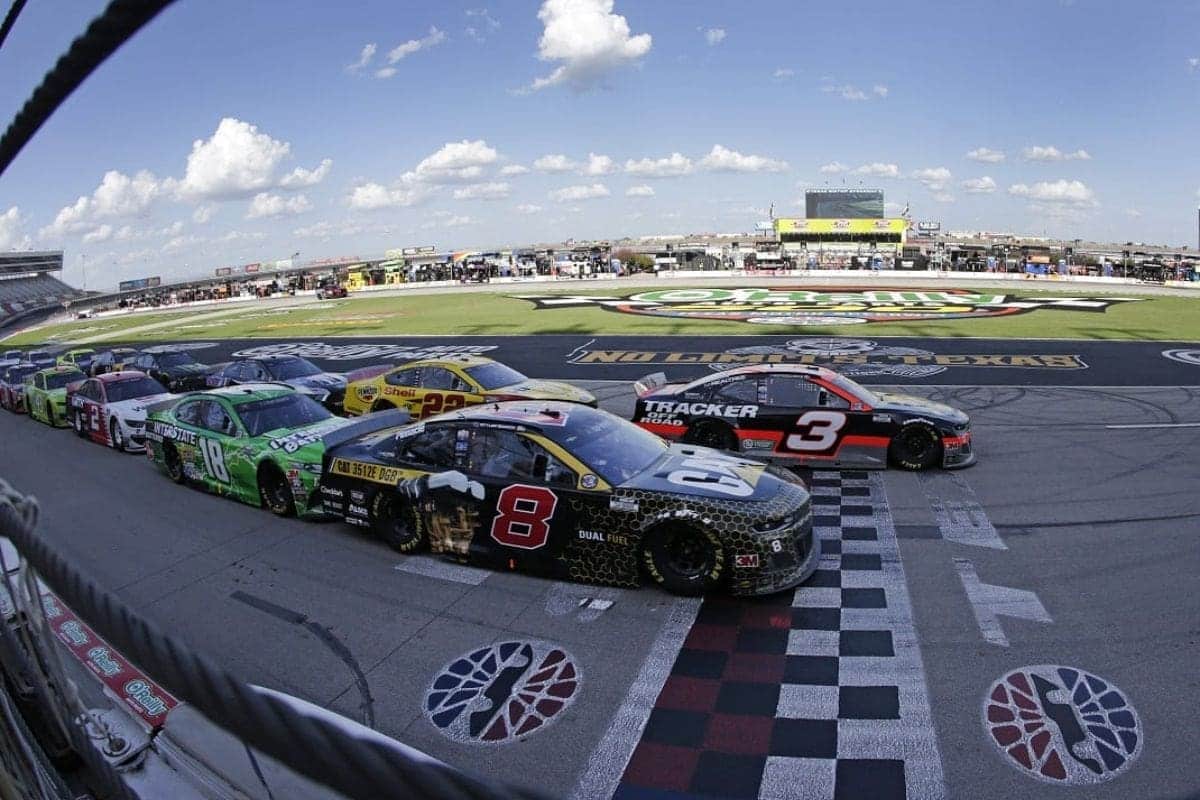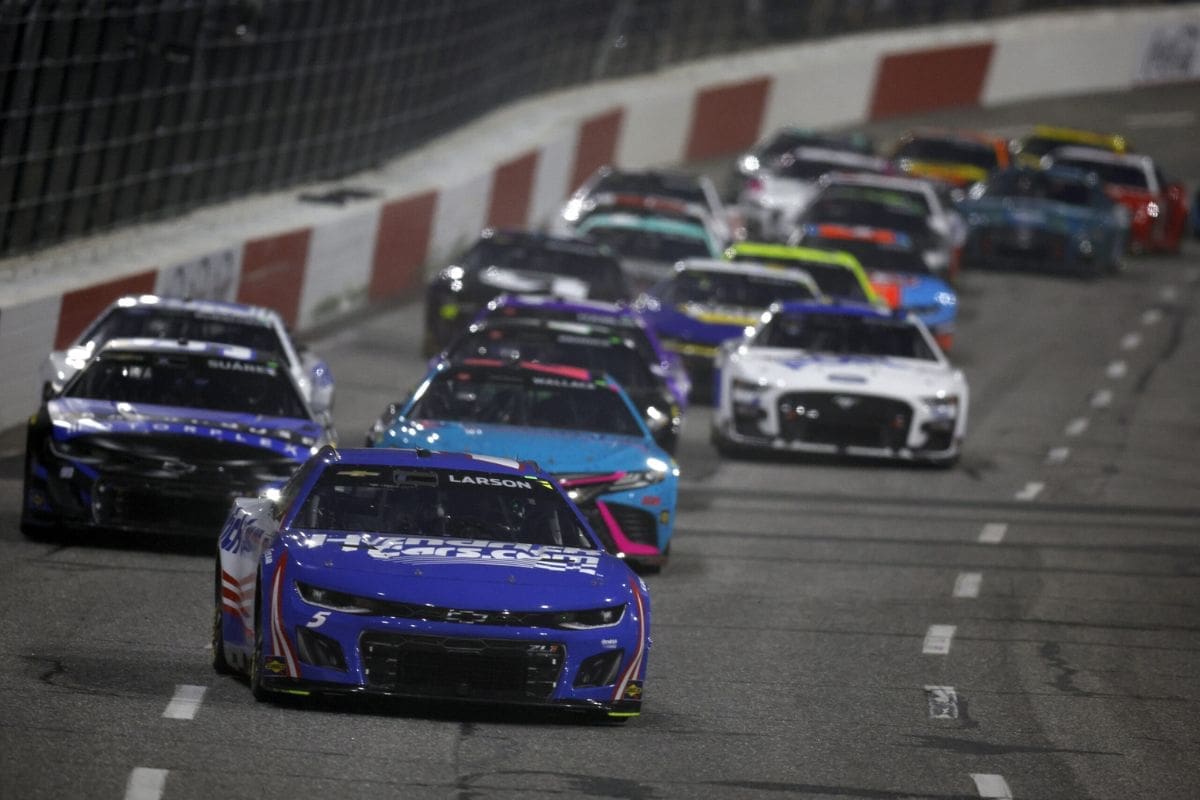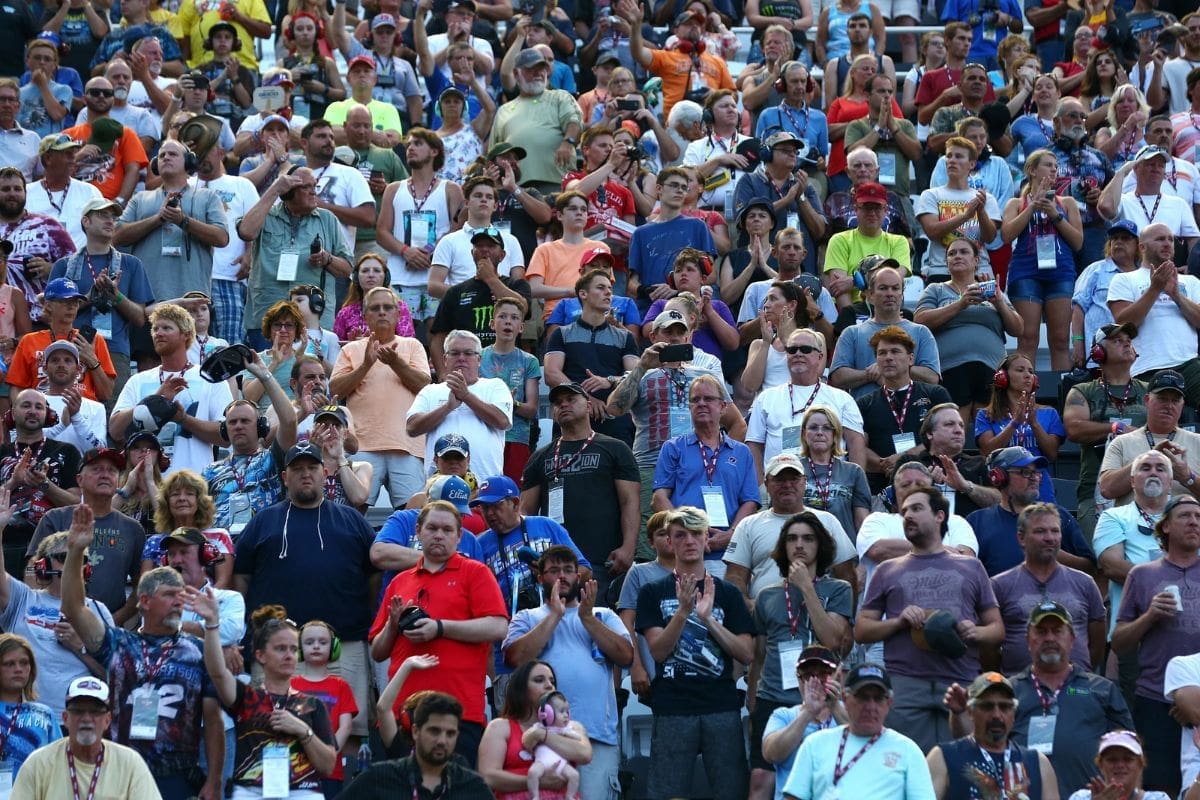NASCAR Charges for Driver POV Access: The recent decision by NASCAR to monetize driver POV streams as part of its broadcasting strategy represents a notable pivot in how the sport interacts with its fanbase. This shift has ignited a wave of discontent among long-time followers. Central to the discourse is the concern that this move may not only bring a significant portion of the fan community due to heightened costs but also potentially erode the intrinsic value of the NASCAR viewing experience. As this debate unfolds, one wonders how this strategy will impact fan loyalty and general engagement with the sport in upcoming seasons.
Key Takeaways
- NASCAR introduces charges for exclusive driver POV access, causing significant fan backlash.
- Fans express outrage over additional costs for previously free in-car camera streams.
- The new fee for driver POV access contributes to overall monthly expenses potentially exceeding $100.
- This monetization strategy risks alienating NASCAR’s core audience and decreasing viewer engagement.
- Concerns escalate about the impact on affordability and accessibility for average fans.
NASCAR Cup Series Broadcasting Changes for 2025
The 2025 season will mark a significant transformation in NASCAR Cup Series broadcasting, as new agreements with WB and Amazon Prime Video introduce a complex, multi-platform viewing experience. This shift embodies a broader trend in sports broadcasting that harnesses digital platforms to diversify content delivery.
The introduction of WB and Amazon Prime Video as broadcasting partners is indicative of NASCAR’s strategic shift towards a broader, possibly younger and more digitally savvy audience. This decision aligns with a growing industry focus on over-the-top (OTT) services, which bypass traditional cable and satellite broadcasters to deliver content directly through the internet.
The multiplicity of platforms involved potentially complicates the viewership experience. Fans accustomed to accessing all content through a single service may find themselves maneuvering between different providers to follow the full racing season. This fragmentation could lead to dissatisfaction might dilute brand loyalty if fans feel overwhelmed or nickel-and-dimed by multiple subscriptions.
Moreover, the economic implications for viewers are profound. While digital platforms can reduce costs associated with physical broadcasting infrastructure, the savings are not always passed on to the consumer. Instead, fans might face higher overall costs to access the same content they once enjoyed under a more unified subscription model.
The New TV Deal and In-Car Camera Streaming
Under the expansive $7.7 million agreement with Warner Brothers, TNT, and Amazon Prime Video, NASCAR’s in-car camera streams will shift exclusively to the Max streaming service starting in 2025. This strategic shift is set to redefine how fans engage with live motorsports, providing an immersive experience that aligns with contemporary media consumption trends.
The decision to centralize in-car camera streams on a single platform highlights a broader change in sports broadcasting, where digital access becomes a primary platform for viewer engagement. For NASCAR, a sport rich in sensory details and split-second decisions high-speed dynamics of racing.
For those who have been watching the in-car streams from NASCAR's website, this was announced today by Warner Brothers Discovery: Max streaming service will have exclusive full season live coverage of in-car cameras from all the NASCAR Cup Series races starting in 2025
— Bob Pockrass (@bobpockrass) May 15, 2024
- Exclusive Content: By offering in-car streams exclusively through Max, NASCAR can create a premium viewing product. This could potentially boost subscription numbers for Max, leveraging NASCAR’s dedicated fan base.
- Enhanced Viewer Experience: This approach allows for the integration of additional features such as alternate angles, driver stats, and real-time telemetry data, which can be synchronized with live race coverage to provide a more thorough and interactive experience.
- Strategic Monetization: Moving to an exclusive platform enables NASCAR to better control and monetize its content. This could lead to higher revenue from streaming rights and potentially more targeted advertising opportunities.
“For those who have been watching the in-car streams from NASCAR’s website, this was announced today by Warner Brothers Discovery: Max streaming service will have exclusive full-season live coverage of in-car cameras from all the NASCAR Cup Series races starting in 2025.”-(Pockrass)
As NASCAR and its partners navigate this shift, the focus will be on maintaining a balance between accessibility for longtime fans and the monetization strategies that such exclusive agreements typically entail.
History of In-Car Camera Streams and New Changes
Since their inception in 2022, in-car camera streams have revolutionized NASCAR viewing by providing fans with a primary-person perspective of the intense racing action. This groundbreaking angle brought fans closer to the throbbing heart of motorsports and enriched their understanding of the strategic details involved in each race.
The initial launch was a strategic improvement to NASCAR’s digital offerings, aiming to complement traditional broadcasting avenues like FOX with more immersive experiences. These streams, coupled with NASCAR’s scanner product, allowed enthusiasts to listen to live communications between drivers and their pit teams.
However, the recent shift in 2025 marks a significant change in the accessibility of these streams. The exclusive rights acquired by new TV partners mean that the streams will be moved from the NASCAR app to a different platform, introducing new cost implications for fans.
| Year | Platform | Impact on Fans |
|---|---|---|
| 2022 | NASCAR App | High accessibility; integrated view |
| 2023 | NASCAR App | Continued popularity; growing demand |
| 2024 | NASCAR App | Stable use; high fan engagement |
| 2025 | WB Streaming | Increased costs; access changes |
Fans React to In-Car Camera Streams Moving Away from the NASCAR App
As NASCAR shifts in-car camera streams from its proprietary app to different streaming partners, fans express strong discontent over the fragmentation and extra costs involved. This move has not only diluted the user experience by dispersing content across several platforms but also imposed additional financial burdens on the fans, particularly those who were accustomed to a one-stop subscription model.
“I pay monthly for the app wtf you mean”.
“Is nascar on a mission to spread their shit across as many platforms as possible?”
-(fans)
- Vital Costs: Fans previously subscribing to the NASCAR app for exclusive in-car camera access during live races are now compelled to invest in multiple subscriptions.
- Dispersed Viewing Experience: With the need to switch between different platforms to access various content pieces such as practices, qualifying sessions, and the races themselves, the seamless experience once offered by the NASCAR app is markedly disrupted.
- Confusion and Frustration: The lack of clear communication regarding the rationale behind this strategic redistribution has left fans both confused and frustrated.
These changes might have been intended to broaden NASCAR’s reach and diversify its revenue streams who feel both sidelined and nickel-and-dimed.
As the situation unfolds, the long-term implications of these decisions on fan loyalty and engagement could be significant, warranting a reassessment of strategies concerning digital content distribution.
Fan Reactions and Future Broadcasting Concerns
The widespread frustration among NASCAR fans over the fragmented broadcasting strategy is clearly evidenced by their vocal criticisms and concerns about future viewing costs and complexities. Fans express dismay over the potential for multiple subscription fees aggregating to a substantial monthly expense, far exceeding the value many perceive they receive.
“I already pay for the app just to watch the in car camera. I use the app during commercial breaks. Now there will probably be commercials on this streaming service and I have to pay something else. Keep it on the app as well.” -(A fan)
Analyzing the situation, it becomes apparent that NASCAR’s broadcasting approach could be construed as an attempt to optimize revenue through the exploitation of dedicated fan bases. The partitioning of race stages across distinct services not only complicates the viewing process but also raises the specter of escalating costs, which may exceed $100 monthly when accounting for all qualifying and practice sessions.
“BREAKING NEWS: Starting in 2026 Stage 1 will be available on Peacock, Stage 2 will be streamed on Amazon Prime, Stage 3 will be on Fox. Pre race ceremonies will be on Discovery+ and Post race interviews will be on YouTube TV. Bundle all of these for the low price of $47.99 a week”.-(a fan)
Moreover, the prospect of inserting commercials into previously ad-free, subscriber-only content like in-car camera streams represents a significant departure from the value proposition that originally attracted many to these services.
News in Brief: NASCAR Charges for Driver POV Access
The introduction of charges for driver POV streams by NASCAR represents a significant shift in its revenue and fan engagement strategies. This move has not only incited significant fan backlash due to increased financial burdens but also raises concerns about future accessibility and the broader implications for fan loyalty.
Analyzing the situation reveals a delicate balance between monetization and maintaining a dedicated fanbase, suggesting a need for NASCAR to reconsider its approach to improve inclusivity and sustain viewer engagement.
ALSO READ: Track House Racing Merger Rumors: Transforming NASCAR




